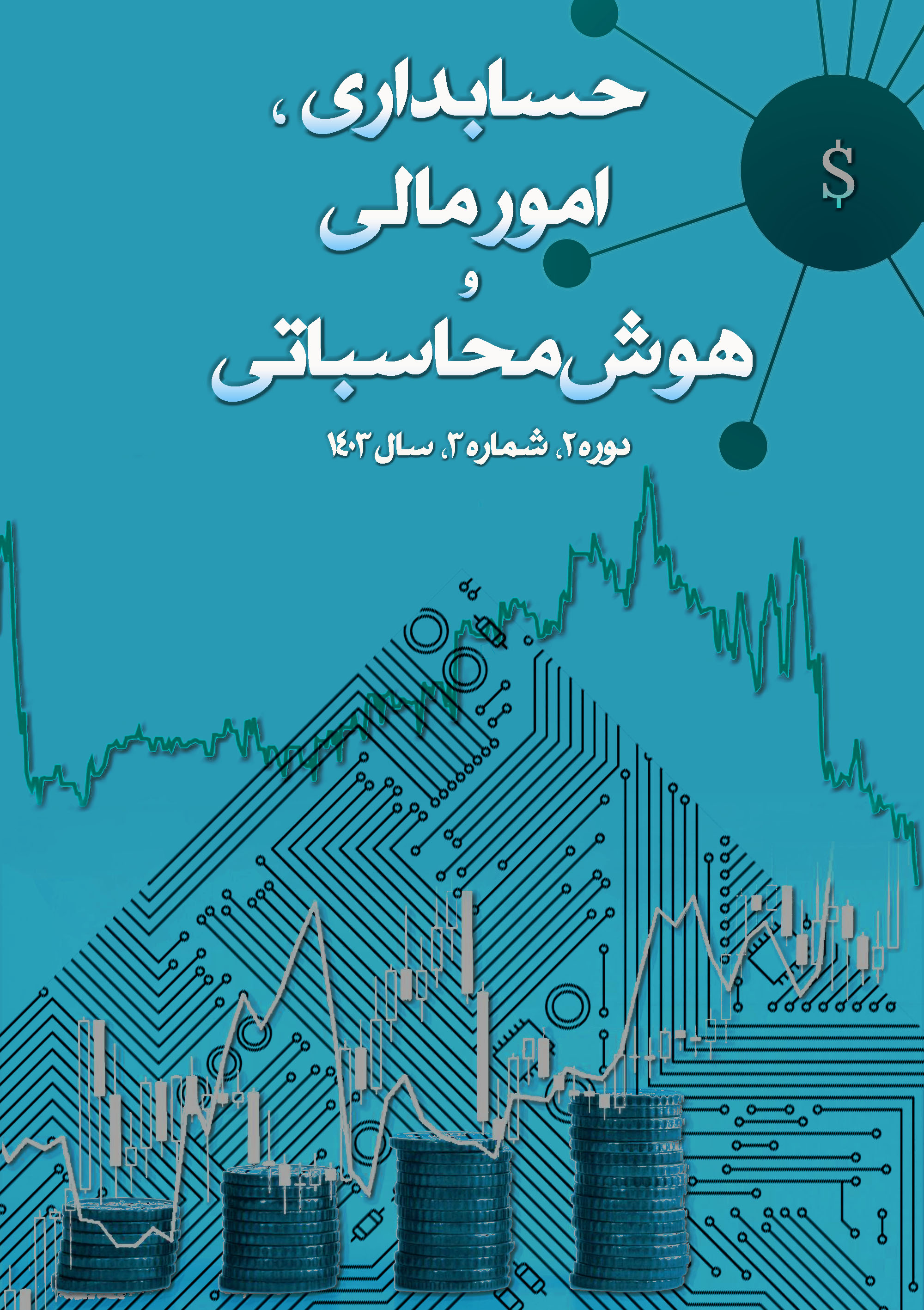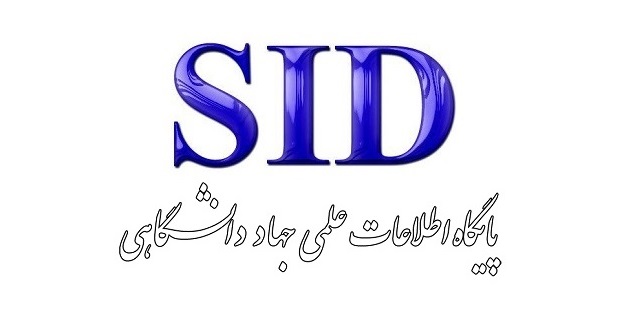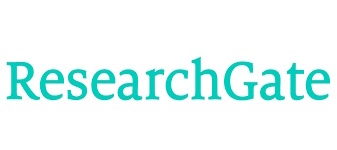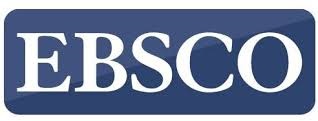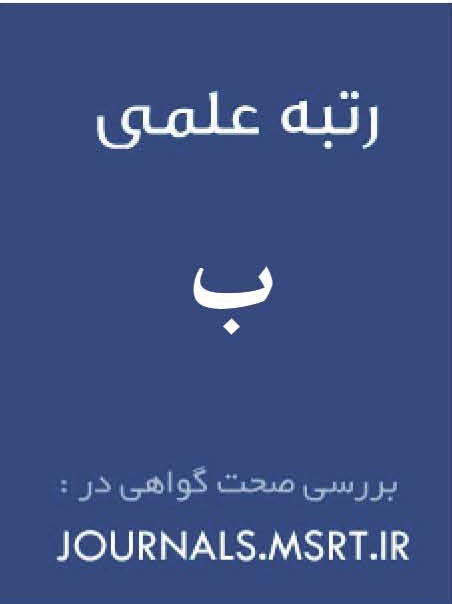Analysis of the Conditions for Privatizing Professional Football Clubs in Iran Through the Capital Market
Keywords:
Privatization, Professional Iranian Football Clubs, Capital MarketAbstract
This study aims to analyze the conditions for privatizing professional football clubs in Iran through the capital market and to assess its feasibility based on economic, legal, financial, political, legal, technological, environmental, managerial, cultural, and social requirements. This applied research employed a descriptive-survey approach. The statistical population included stakeholders of Iran's Premier League football clubs. A purposive non-probability sampling method was used to select 384 participants comprising club managers, coaches, players, sports experts, university professors, journalists, and capital market specialists. Data collection was conducted using a researcher-made Likert-scale questionnaire, whose validity was confirmed through expert review and confirmatory factor analysis. Data analysis involved descriptive statistics, Kolmogorov-Smirnov test, and structural equation modeling (SEM) using SmartPLS 3. SEM results indicated that all examined factors significantly influence the feasibility of privatizing professional football clubs through the capital market. The path coefficient between privatization conditions and capital market integration was 0.630 with a t-statistic of 8.199, denoting a strong and significant effect. Among the dimensions, economic (β=0.980, t=4.772) and social (β=0.785, t=6.208) requirements had the strongest impact. The overall model fit was strong (GOF=0.57), supporting the robustness of the proposed framework. The findings confirm that under the fulfillment of multidimensional prerequisites, privatization of professional football clubs in Iran via the capital market is achievable. This can lead to improved management systems, enhanced financial efficiency, increased investor engagement, reduced state dependency, and support the broader economic development of the sports sector.
Downloads
References
Babayi, M., & Soheili, B. (2023). The Role of Privatization in Promoting Public Sports Participation. Journal of Modern Studies in Sports Management.
Bakhshi-Kashtali, M., & Abbasi, B. (2022). The Impact of Privatizing State-Owned Clubs and Its Role in Enhancing Sports Management in Iran. Iranian Political Sociology, 25(5), 1820-1841.
Batmunkh, E. (2021). Role of Football in International Business and Economy. Management Science and Business Decisions, 1(2), 39-56. https://doi.org/10.52812/msbd.20
Chal-Ashtari-Makari, S., Farahani, A. K. M., & Safania. (2021). Developing a Framework for Club Management in Iranian Football. Strategic Studies in Sports and Youth, 53(20), 231-245.
Farahani, A., Noorollahi, L., Safania, A., & Nikbakht, R. (2023). Designing an E-Business Model in Iranian Sports Tourism with an Emphasis on Organizational Factors. Research in Sports Management and Marketing, 4(3), 77-97.
Ganj-Khanlou, A., Memari, Z., & Khabiri, M. (2022). Marketing Strategies for Developing Iran's Sports Industry. Journal of Sports Commerce, 1(2), 95EP - 113.
Glebova, E., & et al. (2024). Artificial intelligence development and dissemination impact on the sports industry labor market. Frontiers in Sports and Active Living, 6, 1363892. https://doi.org/10.3389/fspor.2024.1363892
Heydar, R., Keshtidar, M., & Alizaie, O. (2022). Identification and Classification of Factors Affecting the Exit of Financial Disadvantages of Iranian Professional Football. Sport Management and Development, 11(2), 100-101.
Hu, T. (2024). Coupling Development of Sports Industry and Tourism Industry Based on Internet of Things. PLoS One, 19(4), e0299080. https://doi.org/10.1371/journal.pone.0299080
Karimi, E., Sharifi, F., & Nikbakht. (2023). Developing Influential Factors on Strategic Management of the Football Federation of the Islamic Republic of Iran. Strategic Studies in Sports and Youth, 21(58), 83-108.
Laraib, A., & Ujjan, R. M. A. (2024). Intelligent Transportation Systems (ITS) Opportunities and Security Challenges Cybersecurity in the Transportation Industry. https://doi.org/10.1002/9781394204472.ch6
Liu, J. (2024). Can the Integration of Sports and Health Industries Drive the Upgrade of the Sports Industry?—An Empirical Study Based on Chinese-Style Modernization. PLoS One, 19(2), e0297974. https://doi.org/10.1371/journal.pone.0297974
Rajabi, M., & Farahani, A. (2023). Content Analysis of Privatization Research in Iranian Sports with an Emphasis on Print Media. Communication Management in Sports Media, 11(2), 93-114.
Shi, Y., Song, Q., & Li, L. (2024). Research on the factors and path of sports industry development in China: A fsQCA study of 31 provinces. PLoS One, 19(4), e0298167. https://doi.org/10.1371/journal.pone.0298167
Sohrabi, Z., Moharramzadeh, M., Naqizadeh Baghi, A., & Azizian Kohan, N. (2023). A Model for Developing Professional Sports Business in Iran. Journal of Business in Sports, 3(2), 71-92.
Volskyi, D. S. (2025). Artificial Intelligence in Sports: A Retrospective of the Formation and Integration Processes in the Sports Industry, International Experience and State of the Issue in Ukraine. Scientific Journal of National Pedagogical Dragomanov University Series 15 Scientific and Pedagogical Problems of Physical Culture (Physical Culture and Sports)(1(186)), 40-44. https://doi.org/10.31392/udu-nc.series15.2025.01(186).07
Wu, T. (2024). Navigating the Digital Transformation of Sports Industry in China Based on Experience of Sports and Competition Events in Developed Countries. https://doi.org/10.1051/shsconf/202420801010
Yuhao, Z., & Tian, Z. Q. (2023). Economic Simulation of Sports Industry Based on Deep Learning Algorithm and Data Mining. https://doi.org/10.21203/rs.3.rs-2725154/v1
Downloads
Published
Submitted
Revised
Accepted
Issue
Section
License
Copyright (c) 2024 آرتین چراغی (نویسنده); سعید میرزامحمدی (نویسنده مسئول)

This work is licensed under a Creative Commons Attribution-NonCommercial 4.0 International License.
